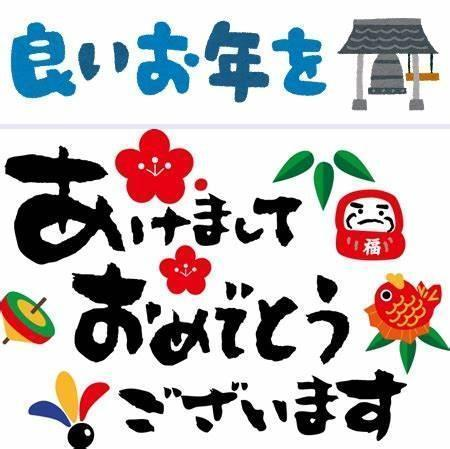The first beam of sunlight in the New Year: watching the sunrise
In ancient Japan, people believed that the “Toshigami” would appear at the sunrise on the first day of the New Year. In modern times, when people see the first ray of sunlight in the New Year, they usually make wishes to the sun, praying for health and luck in the new year. It is said that praying at the dawn of the New Year’s sunrise can bring good luck, especially under the spectacular beauty of the rising sun.

Japanese Specialty: New Year’s Cuisine
The history of “Osechi” can be traced back to the Heian period (795 to 1185). At that time, the Japanese were particularly superstitious, believing that cooking or using stoves in the three days leading up to the New Year would bring bad luck. Therefore, the food during this period had to be prepared well before the New Year arrived. As a result, Osechi cuisine had to be able to be preserved for several days: stewed dishes, dishes made from dried ingredients, and pickled foods were the main components of the New Year’s feast. The ingredients of Osechi cuisine are complex, consisting of four main categories: good luck dishes, grilled dishes, vinegared dishes, and simmered dishes. Each ingredient in the Osechi cuisine carries its own symbolism.
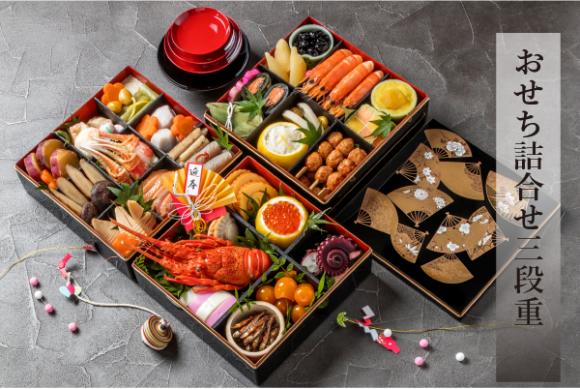
In addition, each dish symbolizes longevity, physical health, fertility, joy, and other meanings – eating them can enhance one’s fortune.
For example, in “Osechi Cuisine,” you will always find glossy sweet black beans, dried herring roe, fish cakes, and chestnut and sweet potato balls. Among them, the black beans in the auspicious dishes symbolize health and longevity based on the Taoist belief in the protective power of the color black. The chestnut and sweet potato balls symbolize wealth and prosperity, while the small dried silver fish symbolize a bountiful harvest, and shrimp in the grilled dishes symbolize longevity. Lotus root in the vinegared dishes symbolizes the ability to predict the future. Kelp in the simmered dishes symbolizes joy and happiness.

“Zoni” originated as a nutritious stew dish eaten by warriors on the battlefield, and its connection to the New Year can be traced back to the late 16th century during the transition to the end of the Muromachi period. The main ingredient in Zoni is mochi (rice cakes), and apart from that, you can add any ingredients to interpret this dish – Zoni can incorporate a variety of spare ingredients or other soup ingredients used in different regions or households.
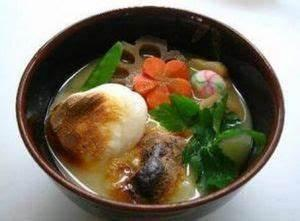
In addition, on the first morning of the New Year, the Japanese also drink “Otoso” (spiced sake). Otoso was originally introduced to Japan from China. It is said to be a concoction created by Hua Tuo, consisting of ingredients like sansho pepper, balloon flower root, siler root, cinnamon, clove, dried tangerine peel, and fennel, steeped in well water and then consumed after being retrieved from the well after New Year’s Day.
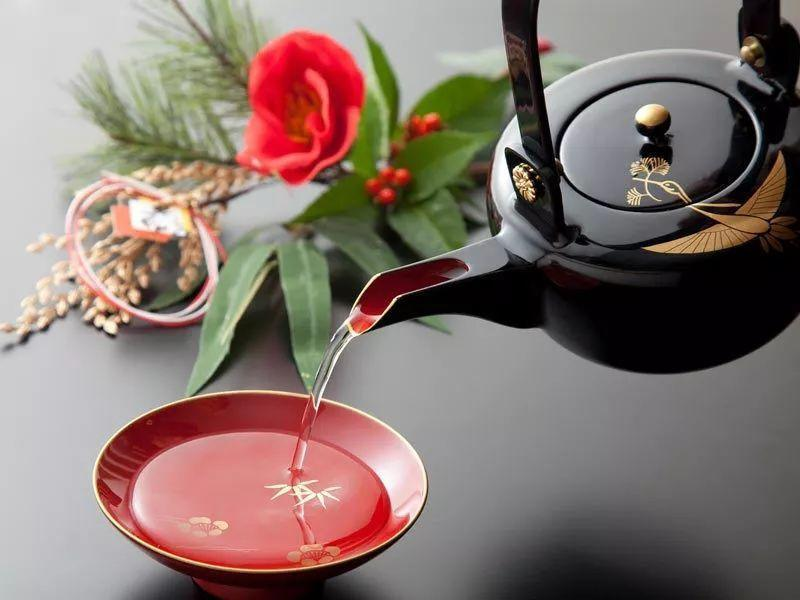
After finishing breakfast and drinking the fragrant Otoso sake to gain strength, it’s time to head to the shrine for the first visit of the New Year, known as “Hatsumode.”
New Year’s Wishes: Shrine
In the three days leading up to the New Year, even Japanese individuals without strong religious beliefs will visit shrines or temples to pray for blessings in the upcoming year; it is a Japanese tradition. During this time each year, you will see crowds lining up to offer monetary donations (5 yen is considered the luckiest, as it sounds like “goyen”), making wishes to the deities for the new year.
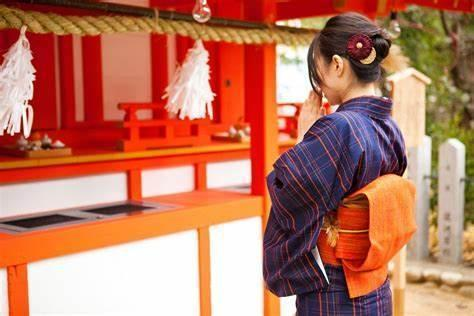
After the visit, you can draw omikuji at the shrine or temple to predict your luck for the coming year. Typically, each person has the opportunity to draw a good fortune from a selection of over 100 omikuji, with each fortune detailing lucky aspects related to wealth, health, relationships, and more. If you receive a bad fortune, it’s customary to tie it to a specific item at the temple or shrine to ward off misfortune.
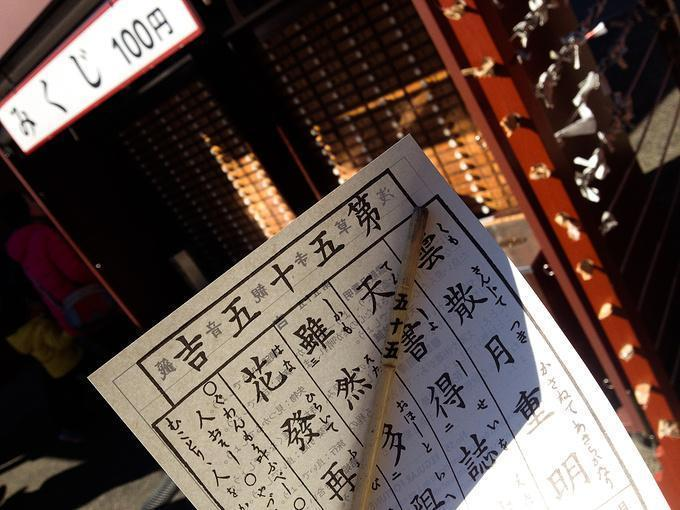
Of course, we can also purchase omamori at temples or shrines, which are amulets for protection. Different omamori represent different meanings—whether warding off evil, finding true love, improving financial circumstances, ensuring safe childbirth, and more. They come in various forms—the most common being small brocade bags (do not open them, as it will diminish their power!), as well as hamaya (arrows to ward off evil spirits).
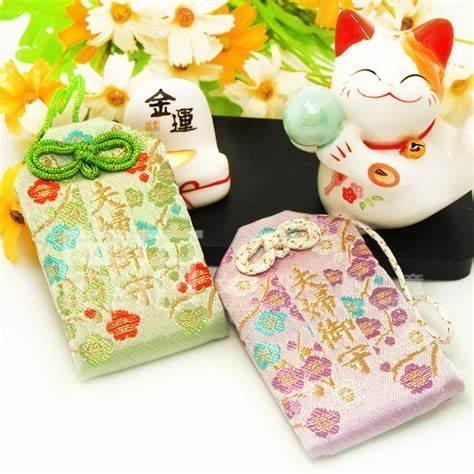
However, please remember, never burn an amulet or omamori privately! If you must dispose of it, please take it to a temple for a formal ritual to burn it.
Traditional Japanese New Year Entertainment
On New Year’s Day, playing games is a must to celebrate the holiday in Japan. Every Japanese family has its own set of games they play to mark the occasion. Among the most well-known and popular is the game called “Hyakunin Isshu.”
“Hyakunin Isshu” is a traditional Japanese card game played during the New Year, requiring participants to have a certain level of cultural knowledge and sophistication. The game consists of 100 cards, each featuring the name of an ancient poet, their famous tanka poems, and a hand-drawn portrait. When the reciter recites a fragment of a tanka poem in a specific order, players must quickly identify and grab the card with the corresponding poem written on it. The player with the most cards at the end wins.
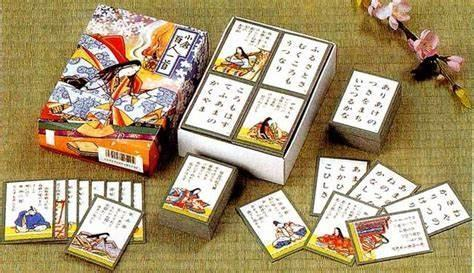
Believe that friends who have watched the Japanese movie “Chihayafuru” are very familiar with this game.
Kendama is one of the most traditional toys in Japan, consisting of a cross-shaped “sword” handle connected to a small ball with a hole. Kendama is a highly enjoyable skill game where players must use wrist techniques to accurately place the ball on the various parts of the toy, such as the cups and spike. It helps improve hand-eye coordination and overall physical dexterity, making it suitable for all ages.
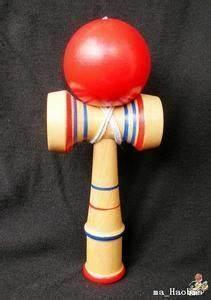
During the New Year, playing games with family, sharing laughter and joy, is a delightful way to welcome the coming year.
After a fun time playing games, as the night grows late, it’s time to rest.
First Dream of the New Year
The dream on the first night of the New Year holds significance. The dream on New Year’s Eve is called the “First Dream” (Hatsuyume) in Japan. The content of this dream is believed to influence the luck of the upcoming year. In Japan, there is a saying “ichi fuji, ni taka, san nasubi” which translates to “First, Mt. Fuji; second, a hawk; third, an eggplant.” Dreaming of Mt. Fuji symbolizes longevity, a hawk represents success and distinction, and an eggplant signifies prosperity for descendants.
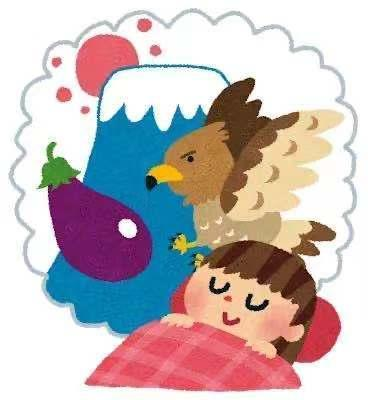
Dreaming of these three items signifies that the luck for the upcoming year will be extremely smooth and prosperous.
